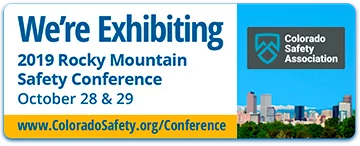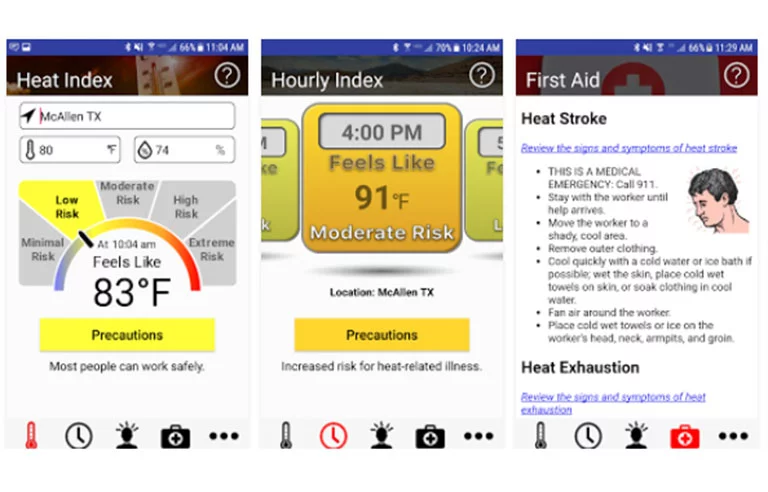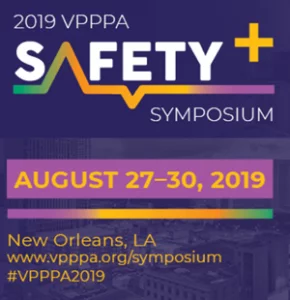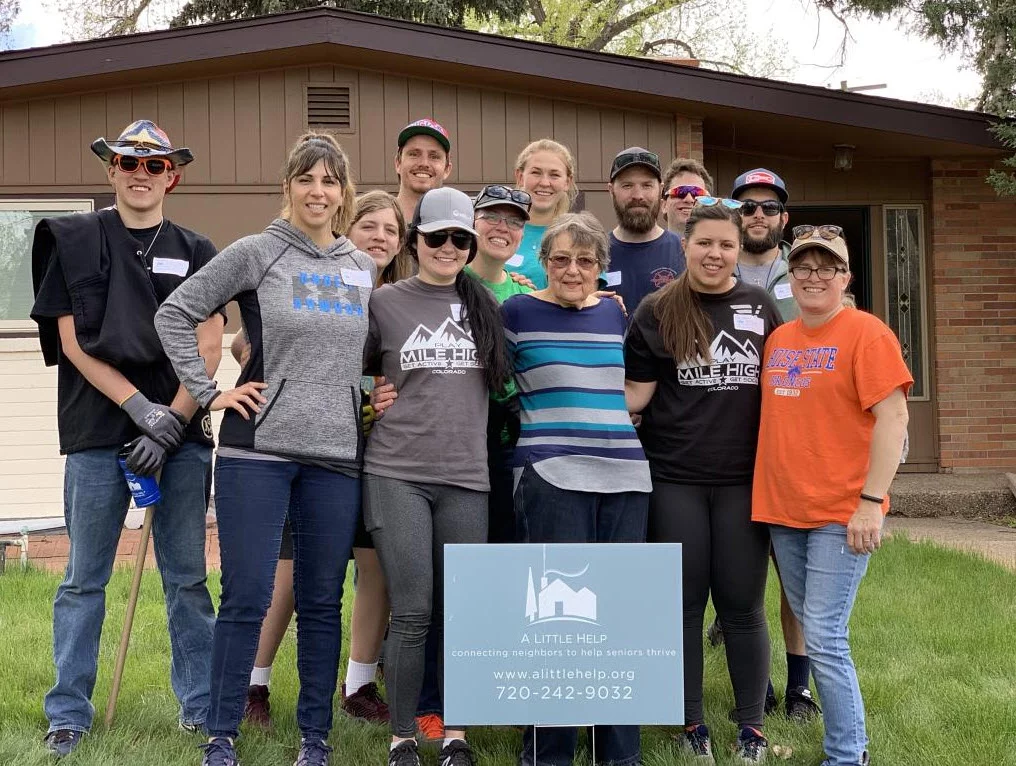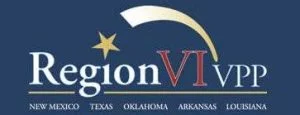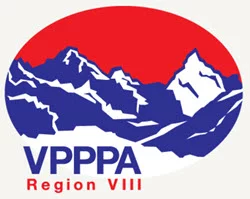Updated Walking-Working Surfaces Standards for General Industry
(29 CFR 1910 – Subpart D)
To better protect workers from slip,
trip, and fall hazards, OSHA updated Subpart D in January 2017 to revise and add
measures that incorporate advancements in industry best practices, as the
general industry work environment has changed since OSHA adopted Subpart D in
1971. It has come to our attention that many organizations are not aware of which
changes are already in effect and which are being phased in, such as fixed
ladder fall protection requirements.
This article summarizes the updated requirements for 29 CFR 1910 – Subpart D, – Walking-Working Surfaces, which address the following:
- Ladders
- Step bolts & manhole steps
- Stairways
- Dockboards
- Scaffolds and rope descent systems
- Duty to have fall protection and falling object
protection
- Fall protection systems and falling object
projection – criteria & practices
- Training
These revisions also created an
increased harmonization between OSHA general industry and construction
standards, most prevalent with regard to scaffolds, fall protection, stairways,
and ladders.
Notable Changes (29 CFR 1910 – Subpart
D)
Ladders
- The most significant changes to the ladder
regulations for general industry pertain to combining the requirements for
portable wooden ladders, portable metal ladders, fixed ladders, and mobile
ladder stands (scaffolds) into a single standard. In doing so, all of the
ladder regulations have been amended to match the 29 CFR 1926.1053,
construction standards.
- Fixed ladders that extend above 24 feet are
required to have personal fall arrest systems (PFAS) in place. The Final Rule
states that by Nov. 18, 2018 all new fixed ladders and fixed ladders
without any form of fall prevention are required to have PFAS. In addition,
all fixed ladders will need to be compliant by Nov. 18, 2036 in order to phase
out ladder cages and phase in PFAS.
- Exemptions to the new ladder changes in Subpart
D include emergency operations such as firefighting, rescue, tactical
law enforcement operations, training for these operations, and ladders designed
into or as an integral part of a machine or piece of equipment.
Step Bolts & Manhole Steps
- Each step bolt installed on or after Jan. 17,
2017 in an environment where corrosion may occur must constructed of, or
coated with, material that protects against corrosion;
- By Jan. 17, 2017 each step bolt must be capable
of supporting its maximum intended load;
- Each step bolt installed on or after Jan. 17,
2017 must be capable of supporting at least four times its maximum intended
load; and
- The employer must ensure that each manhole
step installed on or after Jan. 17, 2017 meets the required design regulations
listed in 1910.24 (b) to prevent non-compliance.
Stairways
- When a door or gate opens directly on a
stairway, a platform must be provided and the swing of the door or gate
does must not reduce the platform’s effective usable depth to
less than 20 inches for platforms installed before Jan. 17, 2017 and less than
22 inches for platforms installed on or after Jan. 17, 2017.
- Exemptions can be found in 1910.25(c)(5)
for stairs installed prior to Jan. 17, 2017 as long as they meet the
requirements specified in Table D-1 of this section.
Dockboards
- Dockboards put into initial service on or after
Jan. 17, 2017 are designed, constructed, and maintained to prevent transfer
vehicles from running off the dockboard edge.
- Exemptions exist when an employer can demonstrate
there is no hazard of transfer vehicles running off the dockboard edge, and
then the employer may use dockboards that do not have run-off protection.
Scaffolds & Rope Descent Systems
- All scaffolding rules and regulations for
general industry now refer to the construction standard scaffolding rules.
These rules and regulations can be found in 29 CFR 1926 – Subpart L.
- Rope descent systems are required to be
identified, tested, certified, maintained, and capable of supporting at least
5,000 pounds in any direction for each employee attached. To meet
these requirements, all the aforementioned regulations need to be in writing,
tested every 10 years after the initial certification by a qualified person,
and all rope descent systems are required to meet these regulations by Nov.
20, 2017.
Duty to Have Fall Protection and Falling Object Protection
- Employers are to protect workers from all fall
hazards along unprotected sides or edges that are at least four feet above a
lower level. This can be done through the utilization of guarding, safety
net systems, PFAS, travel restraint systems, and ladder safety systems. This
rule is applicable to scaffolding and ladders unless otherwise mentioned as
exempt or not feasible.
- When working on low-slope roofs or when
performing roofing work the employer is required to provide guarding,
safety net systems, travel restraint systems, or PFAS when work is performed
less than 6 feet from the roof edge. Roof edges include skylights and other
openings.
- When work is performed 15 feet or more from a
roof edge the employer must implement and enforce a work rule prohibiting
employees form going within 15 feet or the roof edge without using fall
protection in accordance with 29 CFR 1910.28(b)(13)(i) & (ii).
- When the employer can demonstrate that it is not
feasible or creates a greater hazard to use guardrail, safety net, or
personal fall protection systems on residential roofs, the employer must
develop and implement a fall protection plan that meets the requirements of
29 CFR 1926.502(K) and training that meets the requirements of the 29 CFR
1926.503 (a) & (c) construction standard.
- Exemptions include: Portable ladders,
inspections of work conducted, investigations of work conducted, assessments of
work conducted, entertainment stages, exposed perimeters of rail-station
platforms, powered platforms, aerial lifts, telecommunication work, electric
power generation, electric power distribution, and electric transmission.
Fall Protection Systems & Falling Object Protection: Criteria &
Practices
This section prescribes fall
protection systems to be used for the following:
- Unprotected sides and edges
- Hoist areas
- Holes
- Dockboards
- Runways and similar walkways
- Over dangerous equipment
- Openings
- Repair pits, service pits and assembly pits less
than 10 feet in depth
- Fixed ladders
- Outdoor advertising (billboards)
- Stairways
- Scaffolds and rope descent systems
- Work on low-slope roofs
- Slaughtering facility platforms
- Other walking working surfaces not otherwise
addressed
- Fall protection systems and falling object
protection, other than PFAS, are required to meet all regulations specific to
1910.29.
- Employers are required to provide and install
all fall protection systems and falling object protection this subpart
requires, and comply with the other requirements in this subpart before any
employee begins work that necessitates fall protection or falling object
protection.
- Guardrail system criteria and practice
requirements for guarding on scaffolds are now congruent with the 1926 – Subpart
L, construction regulations and requirements.
- Safety net system criteria and practice
requirements are now congruent with the 1926 – Subpart M, construction
regulations and requirements.
Training Requirements
- Employers are required to provide training
compliant with 1910.30(a) by May 17, 2017 for fall hazards for each employee
who uses a personal fall protection system.
- Employers are required to provide training
compliant with 1910.30(b) for equipment hazards in proper care, inspection,
storage, and use by May 17, 2017.
- Employers must retrain an employee when
the employer has reason to believe the employee does not have the understanding
and skill required by 1910.30(a) & (b). In addition, retraining should
occur when previous training is obsolete/inadequate, equipment used changes
rendering previous training obsolete/inadequate, or when inadequacies in an
employee’s knowledge indicate that the employee no longer has the requisite
understanding or skill necessary to use equipment or perform the job safely.
Enforcement Dates
|
Revised 29 CFR 1910 Subpart D Published
| Jan 17, 2017 |
|
Final Rule
|
May 17, 2017
|
|
Training & Certifications
| Nov 20, 2017 |
|
Installation of Fall Protection
& Fall Arrest Systems on New Fixed Ladders (over 24 feet)
| Nov 18, 2018 |
|
Installation of Fall Protection on
Existing Fixed Ladders (over 24 feet) That Do Not Have Any Fall Protection
| Nov 18, 2018 |
|
Inspection & Certification of
Permanent Building Anchorages for Rope Decent Systems
| Nov 19, 2018 |
|
Installation of Fall Protection
& Fall Arrest Systems on All Fixed Ladders (over 24 feet)
| Nov 18, 2036 |
If you have any questions about your
compliance with OSHA requirements for walking-working surfaces in general
industry please contact Hellman & Associates at 303-384-9828.
